Milk thistle is most often considered a weed, however it’s uses as a medicinal herb far exceed this.
Although the use of milk thistle goes back as far as Dioscorides who used it for snake bite (Mills and Bone, 2000 p. 554), the seeds have been used for centuries in mainland Europe in treating mostly liver disorders.
The Eclectics in the U.S. also used it for the spleen, liver and kidneys and liver diseases in Pakistan and Bulgaria (Morgan, 2005 p.1). The plant is edible and the stalk and young leaves were often eaten as a salad.
What is milk thistle good for?
Milk thistle is an excellent antioxidant, has anti-inflammatory properties and is commonly used to detoxify the liver.
The active ingredient, silybum marianum is a flavonoid that when used as an extract or in supplement form has cell regenerating benefits.
Milk thistle is a true liver tonic and is a powerful detoxifier, and it boosts protective antioxidant levels in your liver cells.
Milk thistle seeds are especially useful to detoxify and support your liver whenever you are exposed to chemicals in your drinking water or beauty products, alcohol, pesticides in your food, or prescription medications as it has been shown to decrease and even reverse damage to your liver.
The liver performs many essential functions in your body including:
– acting as a “blood purifier,” cleaning your blood continuously
– detoxifying and removing harmful substances
– it aids in hormone production
– releases glucose giving your body energy
– releases bile into your small intestine so fat can be absorbed from foods
How does milk thistle protect your liver?
It prevents tissue scarring and toxins from binding to the cells found in your liver membrane. It also stimulates protein synthesis in the liver, helping with the formation and growth of healthy new cells by inhibiting inflammatory chemicals in your liver (Thamsborg et al., 1996).
When your liver is overwhelmed it can create various symptoms like PMS, irritability, skin itching, heat sensations, digestive problems, bitter taste in the mouth, fatigue, headaches (hangovers) and the tendency to react negatively to some drugs or herbs.
So if your liver isn’t functioning properly you can see where all the problems can start!
In European hospitals it has been used when someone has taken the death cap toadstool (Amanita phalloides), due to it’s ability to reverse toxic liver damage and protect against toxic liver agents.
Milk thistle’s (Silymarin) also has numerous other benefits.
1. It’s been is associated with decreasing the risk for cancer by boosting the immune system, fighting DNA damage and reversing tumor growth.
2. Supports heart health and helps to lower cholesterol levels by reducing inflammation, cleaning your blood and preventing oxidative stress in the arteries.
3. It has been reported through clinical studies that the antioxidants, can help control symptoms of diabetes by decreasing blood sugar levels in insulin-resistant patients.
4. Helps to purify the body of metabolic waste, thereby regulating the function of the gallbladder, kidney and spleen.
5. Studies show that phytochemicals, like those found in silymarin of milk thistle, are effective at inhibiting UV stress on the skin.
6. The antioxidants help prevent free radical damage throughout the body and remove pollutants and waste from the blood and digestive tract, it can actually slow the aging process – on the surface of your skin and within your organs.
 In Summary
In Summary
Milk thistle is considered a true liver tonic as it is used for treating true liver conditions like hepatitis and cirrhosis.
The antioxidants in milk thistle are known to protect the liver from toxins, including the effects of chemicals and alcohol.
Not only has milk thistle (silybum marianum) been found to increase glutathione (a powerful antioxidant that is crucial for liver detoxification), it may reverse liver damage and help to regenerate liver cells by stimulating the growth of healthy new cells.
Clinical applications of milk thistle include:-
When clients need liver support I also like to combine milk thistle with other herbs like dandelion root, gotu kola or turmeric root to create a liver tonic which heals, repairs, detoxifies and gently stimulates the liver.
Serious skin conditions, hepatitis, fatty liver, cirrhosis, ischemic injury, radiation toxicity, and viral hepatitis.
Safety
DOSAGE:
• Concentrated standardized silymarin capsules (70-210 mg): one to two pills, two to three times per day
Something else to consider: Is your body trying to tell you something? Do you often look & feel tired, have dark circles under your eyes, or wake up feeling sluggish?
Because Toxins are unavoidable, maybe your body needs a cleanse. So every once in a while it’s a good idea remove them with the structure and support of a fresh food detox!
Want to receive more information like this and be the first to know about any programs that you may be interested be sure to sign up to my newsletter, you’ll also receive a free guide to help you on your journey to great health – SIGN UP HERE
Disclaimer: The advice in this blog is not intended to be a substitute for medical advice from a qualified, licensed professional, please consult your medical doctor Consult a qualified herbalist if you have persistent symptoms.
If you don’t want to miss any future newsletters or blogs please sign up HERE

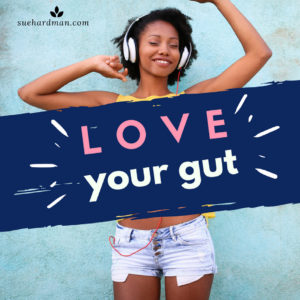
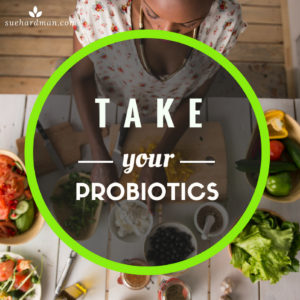




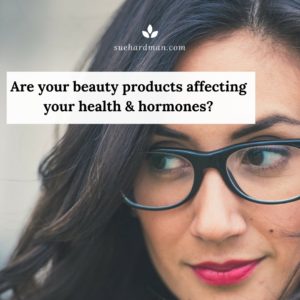
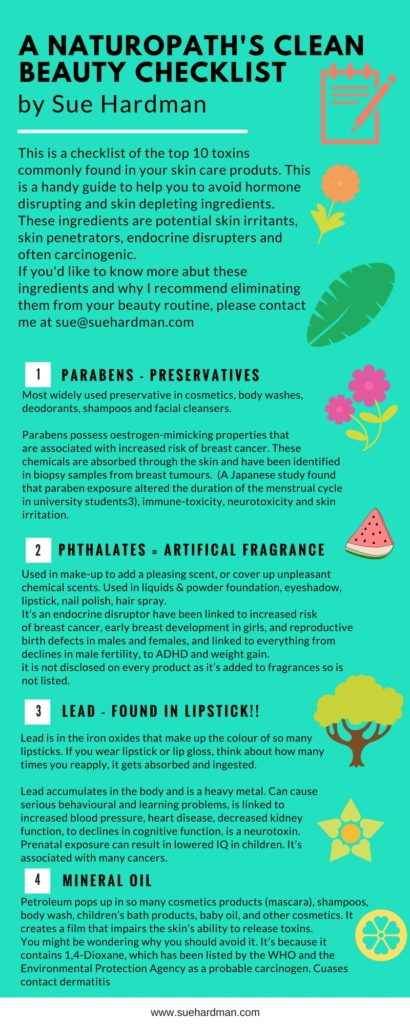
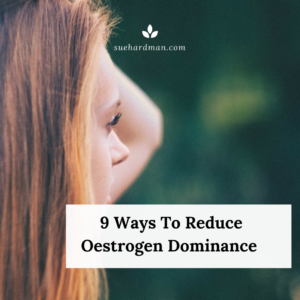
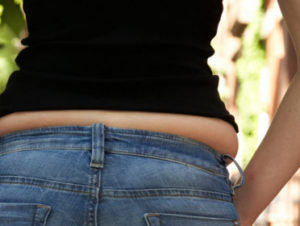
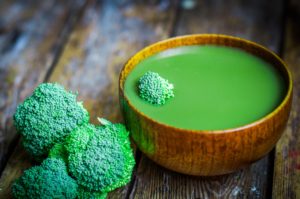

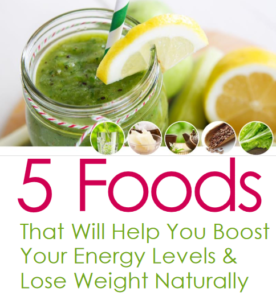
 So, why eat brassicas anyway?
So, why eat brassicas anyway? 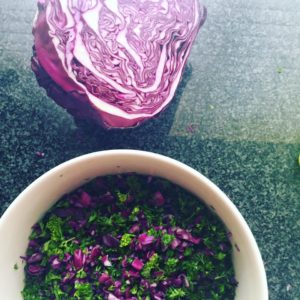
 Omega-3 fatty acids are found in fatty fish, such as herring, sardines, and salmon. Other sources of omega-3s include flaxseeds & walnuts. Omega-3s are known to decrease inflammation and may reduce the risk of acne and other skin problems.
Omega-3 fatty acids are found in fatty fish, such as herring, sardines, and salmon. Other sources of omega-3s include flaxseeds & walnuts. Omega-3s are known to decrease inflammation and may reduce the risk of acne and other skin problems.